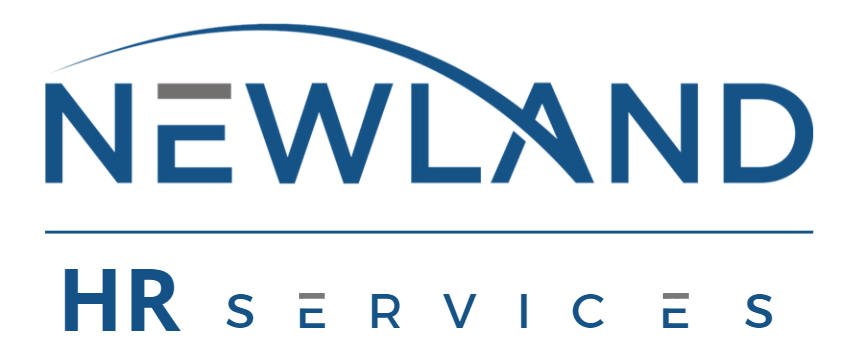If you have seen employees lost their vision and passion, going out of their way to help rather than putting minimum effort – they might have lost their discretionary effort and are less engaged. This article explains discretionary effort, forces at play, and how to improve employee engagement and discretionary effort.
Think about employee effort in terms of “want to” and “have to.” Discretionary effort is the extra effort employees give because they want to. Imagine the outsized business results you could achieve if your workforce was intrinsically motivated to work harder?
It’s no wonder why companies search for the key to inspiring discretionary effort.
Unfortunately, many companies think they can motivate employees with foosball tables and well-stocked office kitchens. Amenities like those can’t hurt, but the real sources of motivation and engagement are far more complex.
Four factors that drive discretionary effort
Employee engagement or lack thereof will determine discretionary effort. An engaged employee will give it and an unengaged employee will withhold it. Here are factors that affect engagement:
- Job fit. It’s important to know if an employee not only finds their work fulfilling but is their personality in sync to be successful at their role and day to day duties.
- Manager fit. A positive relationship between an employee and their manager must be created along with the manager understanding their employee’s workstyle and adjusting their leadership skills accordingly.
- Team fit. The employee should fit well in the team’s dynamic and feel as though their shared opinions are being heard and valued.
- Culture fit. Employee’s should feel valued by their organization.
Ideally, all employees will have all factors met, but in the case that it does not, the less factors are filled, the less likely an employee will stay engaged. Improving engagement goes along with employee’s understanding their company’s mission.
Understanding the organization’s mission and strategy should be priority for employee’s to know, at all levels. Lack of company drive can cause conflicting goals, clique behaviors, frustration and lower productivity from employees, which can further affect the organizations bottom line.








